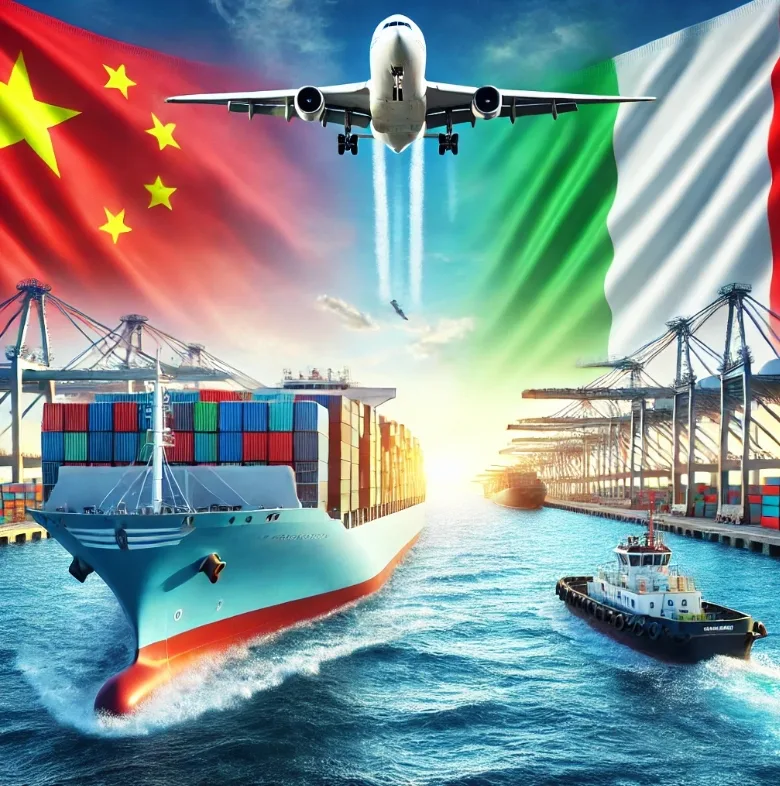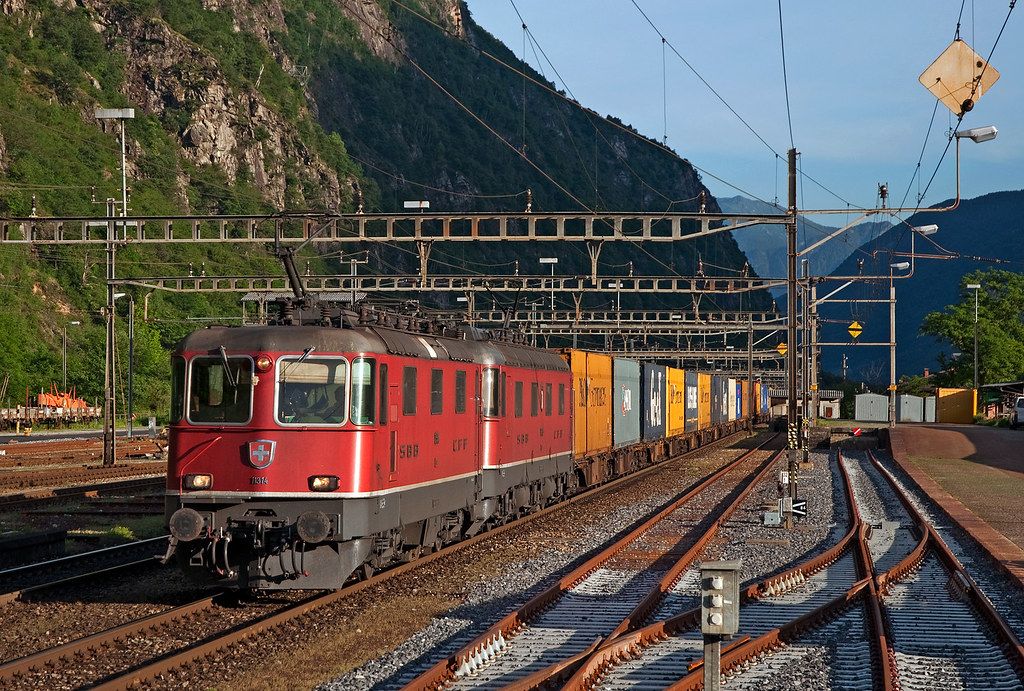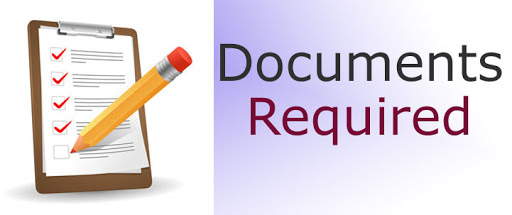- By TOP CHINA FREIGHT
- September 9, 2025
- Shipping
Table of Contents
Freight from China to Italy is a crucial part of global trade, connecting Asia’s manufacturing hub with Europe’s industrial and consumer markets. Businesses rely on predictable delivery times, affordable shipping costs, and smooth customs clearance to maintain competitive supply chains. This guide explains costs, transit times, shipping methods, and practical tips to streamline your freight from China to Italy.

What is the average transit time for freight from China to Italy?
Transit time depends on the shipping method chosen:
| Shipping Method | Transit Time (Average) | Notes |
|---|---|---|
| Sea Freight (FCL) | 28–35 days | Cost-effective for bulk cargo |
| Sea Freight (LCL) | 32–40 days | Slightly longer due to consolidation |
| Air Freight | 3–7 days | Fast but expensive |
| Rail Freight | 18–22 days | Balanced speed and cost |
| Express Courier | 2–5 days | Best for small parcels |
Therefore, businesses must balance urgency with budget. Sea freight dominates large-scale trade, but rail and air are gaining popularity for time-sensitive cargo.
How much does freight from China to Italy cost?

Shipping costs vary by cargo volume, weight, and method.
| Method | Cost Estimate | Best For |
|---|---|---|
| FCL 20ft | $1,500 – $2,200 | Bulk imports, stable transit |
| FCL 40ft | $2,500 – $3,800 | High-volume goods |
| LCL (per CBM) | $40 – $65 | Small shipments |
| Air Freight | $4 – $7/kg | Urgent, high-value items |
| Rail Freight | $2,000 – $3,000 per container | Mid-volume, medium speed |
Additionally, customs duties, handling charges, and seasonal surcharges may affect total freight from China to Italy costs.
Why choose sea freight from China to Italy?

Sea freight remains the most popular option due to:
Affordability:
Lower costs per unit for large shipments.
Scalability:
Containers suit all cargo sizes.
Global connectivity:
Major Italian ports like Genoa, Trieste, and Venice handle high traffic.
However, businesses must plan for longer transit times and potential port congestion during peak seasons.
How does rail freight compare to sea and air?

Rail freight has become a strong alternative for shipments from China to Italy. Trains travel along the Belt and Road corridor, reaching European hubs faster than ships.
| Factor | Rail Freight | Sea Freight | Air Freight |
|---|---|---|---|
| Transit Time | 18–22 days | 28–40 days | 3–7 days |
| Cost | Medium | Lowest | Highest |
| Reliability | Stable schedules | Seasonal delays | Very reliable |
Moreover, rail freight is environmentally friendly and ideal for mid-volume goods that need quicker delivery than sea but cheaper than air.
What documents are needed for freight from China to Italy?

To avoid customs delays, ensure accurate paperwork:
| Document | Purpose |
|---|---|
| Bill of Lading / Air Waybill | Proof of shipment |
| Commercial Invoice | Declares cargo value |
| Packing List | Cargo details |
| Certificate of Origin | Confirms country of manufacture |
| Import Licenses (if needed) | For restricted goods |
| Customs Declarations | Required for EU entry |
Missing or inaccurate documents can add 5–7 days of delay. Therefore, preparing them in advance is critical.
What customs duties apply to imports into Italy?
As part of the European Union, Italy follows EU customs regulations. Import duties vary by product category:
- Electronics: 0–5% duty
- Textiles: 8–12% duty
- Furniture: 2–6% duty
- Food products: Higher rates and health certifications required
Additionally, importers must pay VAT (22%) on most products, calculated on the CIF (Cost + Insurance + Freight) value.
Case Study: Fashion retailer importing from Guangzhou

A Milan-based fashion retailer sourced clothing from Guangzhou. Initially using LCL sea freight, shipments took 36–40 days, often missing seasonal sales. After switching to rail freight, transit time reduced to 20 days, improving inventory flow. Although costs increased by 15%, faster delivery boosted sales revenue by 30% during peak fashion seasons.
This case highlights how shipping choices directly impact business outcomes.
What factors affect freight from China to Italy?
Pre-Christmas and Chinese New Year create container shortages
Rising bunker costs affect sea freight prices
Extra checks add time and cost
Typhoons in Asia or strikes in Europe disrupt schedules
Experienced partners can reduce bottlenecks
How to optimize freight from China to Italy?
To ensure smooth logistics:
1.Plan shipments early
Book containers 2–3 weeks ahead.
2.Use mixed methods
Combine sea for bulk and air for urgent goods.
3.Track cargo digitally
Real-time updates prevent surprises.
4.Choose the right INCOTERMS
Define buyer/seller responsibilities.
5.Consolidate shipments
Reduce LCL delays by grouping goods.
Additionally, partnering with experienced freight forwarders ensures better negotiation of rates and smoother customs handling.
Should you choose FCL or LCL for Italy-bound cargo?
FCL (Full Container Load):
- Best for large shipments
- Faster handling at ports
- More secure and private
LCL (Less than Container Load):
- Cost-effective for small cargo
- Slower due to consolidation
- Higher risk of damage
If speed and reliability are priorities, FCL is the better choice even if the container is not completely full.
Conclusion
Freight from China to Italy is vital for businesses seeking cost-effective trade routes. Transit time ranges from 28 to 40 days by sea, 18–22 days by rail, and only 3–7 days by air. Costs depend on container type, cargo volume, and method, but careful planning and choosing the right logistics strategy ensure smooth supply chains. Whether shipping fashion, electronics, or machinery, importers can optimize freight with early booking, proper documentation, and trusted forwarders.
Need a Shipping Quote?
If you want expert guidance and peace of mind, our team is ready to assist.
TJ China Freight offers tailored solutions to help businesses of all sizes ship more reliably from China.

FAQs
Q1:Can I ship personal goods with freight from China to Italy?
Yes, individuals can ship personal items. However, customs duties and VAT apply. Using a freight forwarder helps ensure compliance with import rules and smooth delivery.
Q2:How do I calculate customs duties for imports to Italy?
Duties are based on product type and CIF value. Importers should check HS codes and EU tariff schedules. A customs broker can calculate precise amounts in advance.
Q3:Is rail freight reliable for China–Italy trade?
Yes, rail freight via the Belt and Road corridor is reliable, with stable schedules. It’s faster than sea and cheaper than air, making it ideal for mid-volume shipments.
Q4:Do I need insurance for freight from China to Italy?
Yes, insurance is strongly recommended. It protects goods against loss, theft, or damage during transit. Cargo insurance is affordable and safeguards financial risks.
Q5:How do peak seasons affect freight to Italy?
During Chinese New Year and Christmas, demand surges cause higher prices and longer delays. Booking early and using reliable forwarders help mitigate seasonal disruptions.
